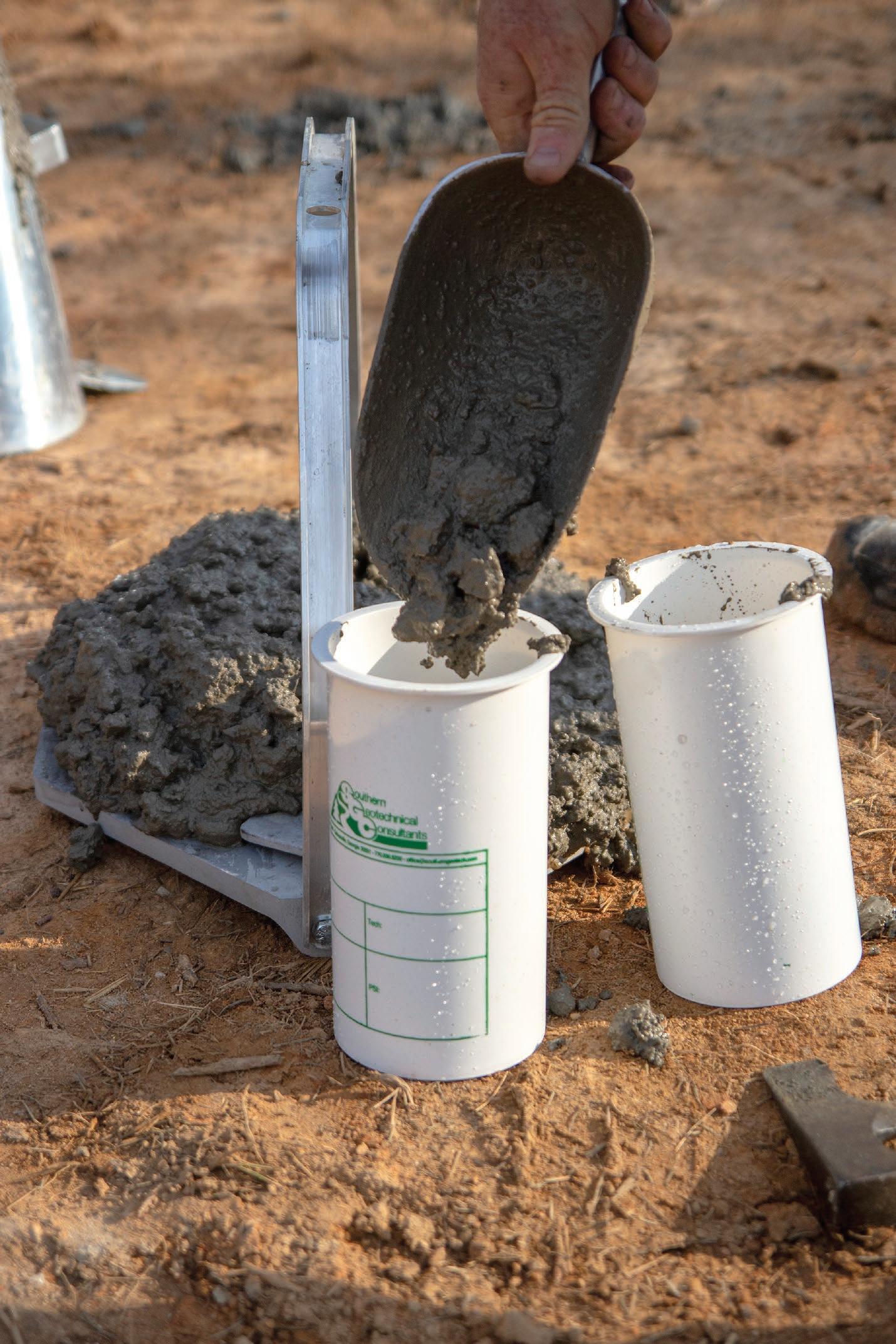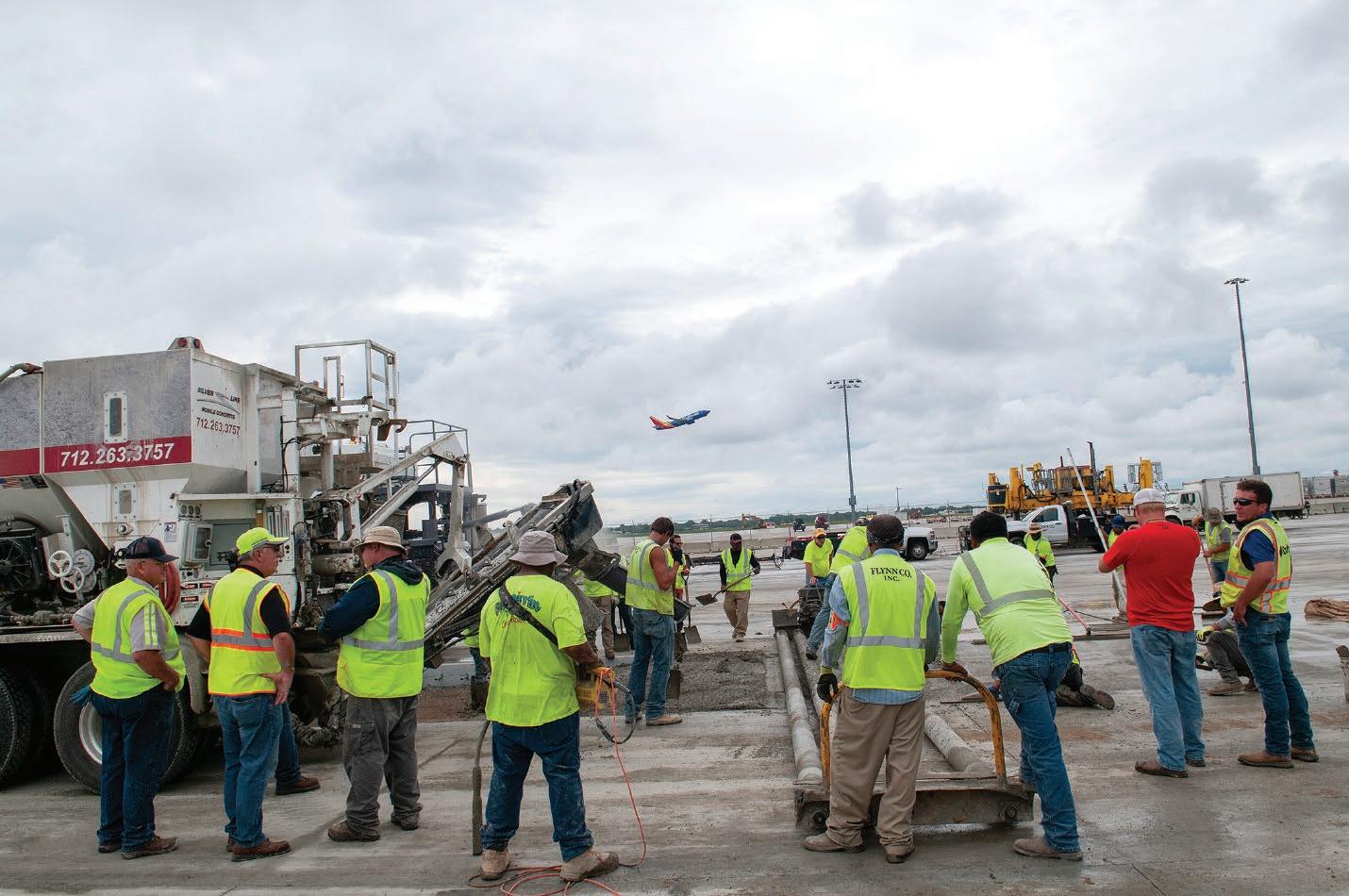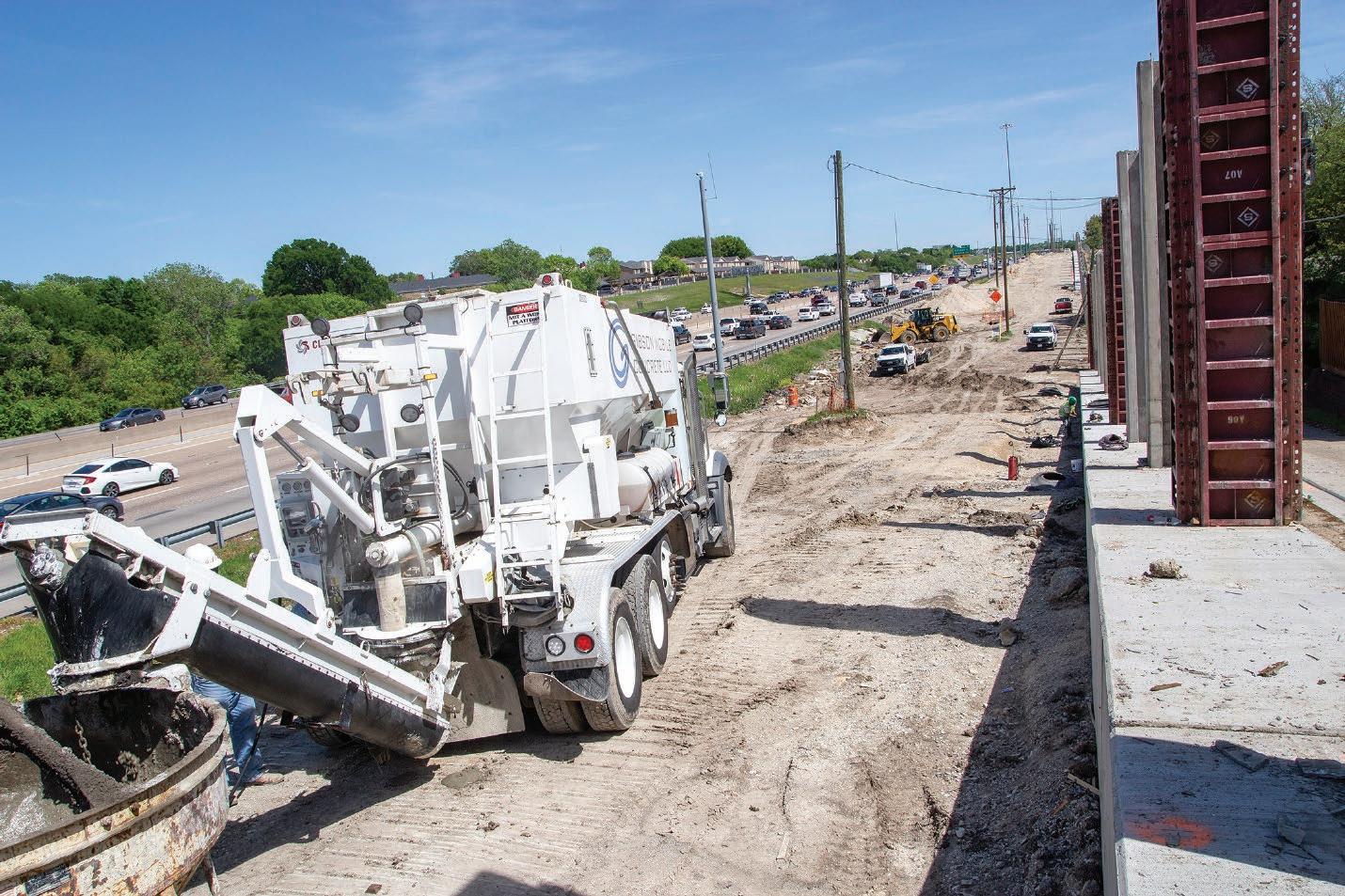KEY ISSUES TO CONSIDER WHEN CHOOSING MOBILE CONCRETE PRODUCTION PLANTS FOR AIRPORT RUNWAY AND MAINTENANCE
Why Now is the Time to Look at Runway Surfaces Tom Cropper, Editor Lockdown has created challenges on an unprecedented scale, but this slowdown could be an opportunity for airports to make important upgrades.
I
T’S FAIR to say 2020 has been tough. With countries across the world locking down, air travel has slowed to a trickle. Revenues have been decimated and aviation companies have been crying out for Government support. However, this unexpected period of downtime also creates an opportunity for airports to review all aspects of infrastructure, especially the surfaces of their tarmac.
Impact of Downtime In the normal run of events, airports are terrified of downtime. Any closure of a runway for scheduled or urgent maintenance will slow down operations and impact revenues. To minimize the harm done, airports will often develop incremental repair schedules such as replacing part of the runway surface during the night to avoid the need for a complete shutdown. New technologies and materials exist which can improve dramatically the performance of runways. However, the need to maintain operations holds airports back from investing in significant upgrades. With passenger numbers booming and capacity under strain, every hour, minute and second is crucial. A small delay in one function can have serious consequences across the entire airport. Coronavirus has changed everything. Passenger numbers have plummeted around the world. In China, one of the hotspots of international growth, numbers fell by 85%1. In Europe, airports reported falls in passenger numbers of almost 100%. In May, only 4.3 million people travelled through European airports compared to 2019’s figure of more than 200 million2. Surging growth and strained capacity have been replaced by uncertainty. The impact has been devastating. At a shot, the aviation industry’s revenue has been virtually shut off as Olivier Jancovec, of ACI Europe says. “With well over half a billion passengers lost so far this year, and still no revenues coming in, Europe’s airports are anxiously waiting for travel restrictions to be lifted and airlines to resume operations.”
In March 2020, IATA predicted the aviation industry could lose between $63 and $113bn in revenue. However, Jancovec issued a note of hope. “With the epidemic now de-escalating in many countries and a plan to allow for intra-European travel – at least within the Schengen area – by the end of the month,” he said, “we are finally seeing some light at the end of the tunnel.” The impact on air passenger numbers has indeed been profound. Pre lockdown predictions of a doubling in air passenger numbers over the next 20 years now appear fanciful. However, an event such as this should not have been entirely unexpected. Over the decades, future predictions have frequently been confounded by unexpected or black swan events, which hold back the seemingly unstoppable march of progress such as 9/11 or the 2008 financial crisis. These may be unforeseen, but over a prolonged period of time, events such as these are to be expected. Indeed, a look back at history suggests these events tend to happen about once a decade. In short, COVID 19 may have provoked a dramatic drop in air travel, but long-term trends remain the same. The thirst for air travel remains and it may have even been stoked by the enforced lockdown. Once restrictions are lifted and life returns to normal, airports will be bursting at the seams once again. The challenge, for airports, therefore, comes in several layers. In the immediate term they have to cope with the sudden impact on their revenues. Governments have been swift to help by pumping billions of pounds in rescue packages into the industry. In the short to medium term, they will have to manage with the recovery as the world gets back on its feet again. But in the longer term, once again they will be facing the same capacity challenges. With all these challenges, efficiency will be key. Airports will need to optimize operations, minimize costs and maximize revenue opportunities.
In short, COVID 19 may have provoked a dramatic drop in air travel, but long-term trends remain the same. The thirst for air travel remains and it may have even been stoked by the enforced lockdown
WWW.AIRPORTTECHNOLOGYREPORTS.COM | 7






